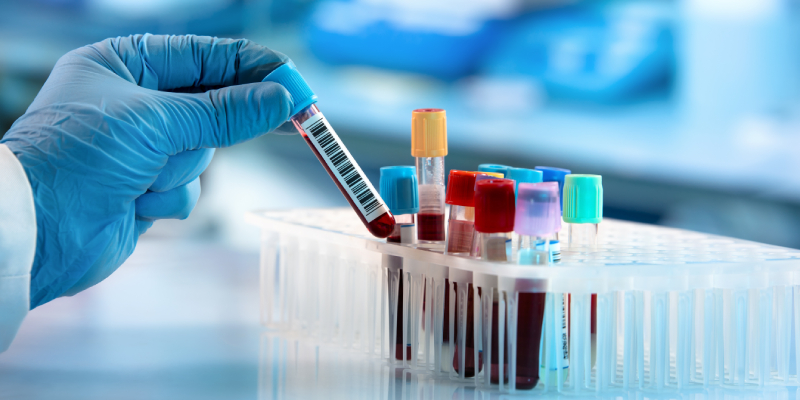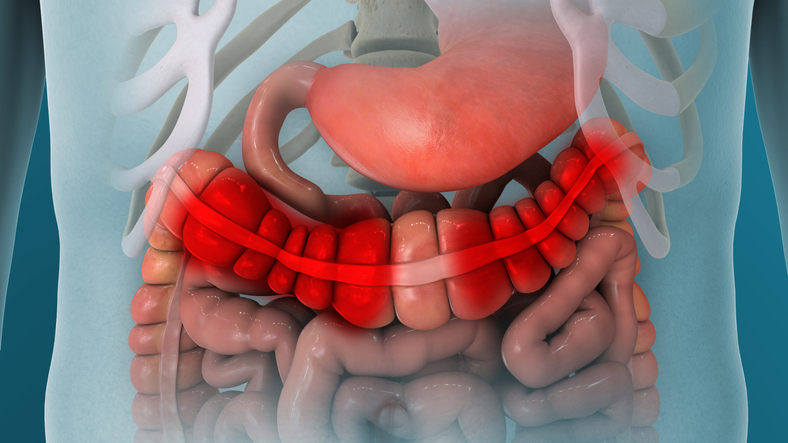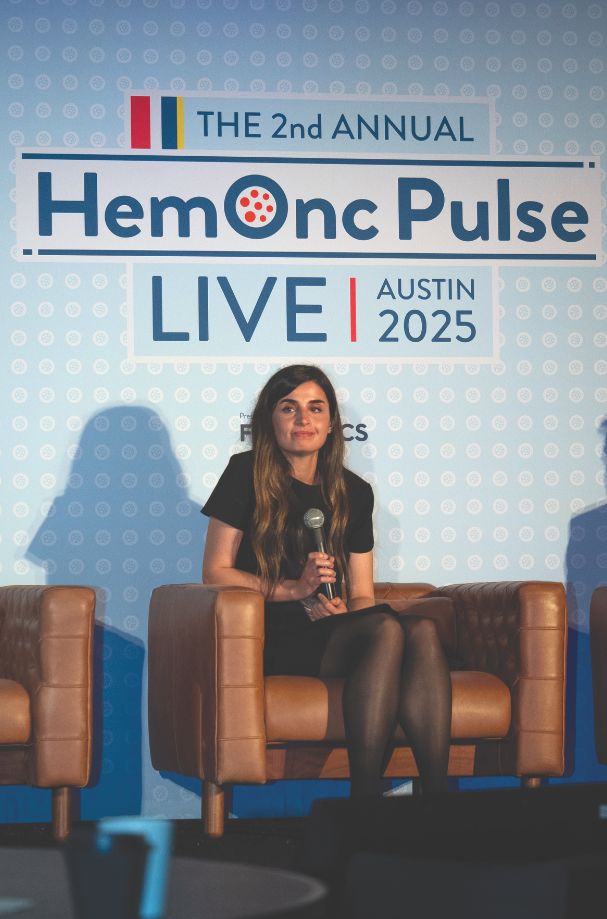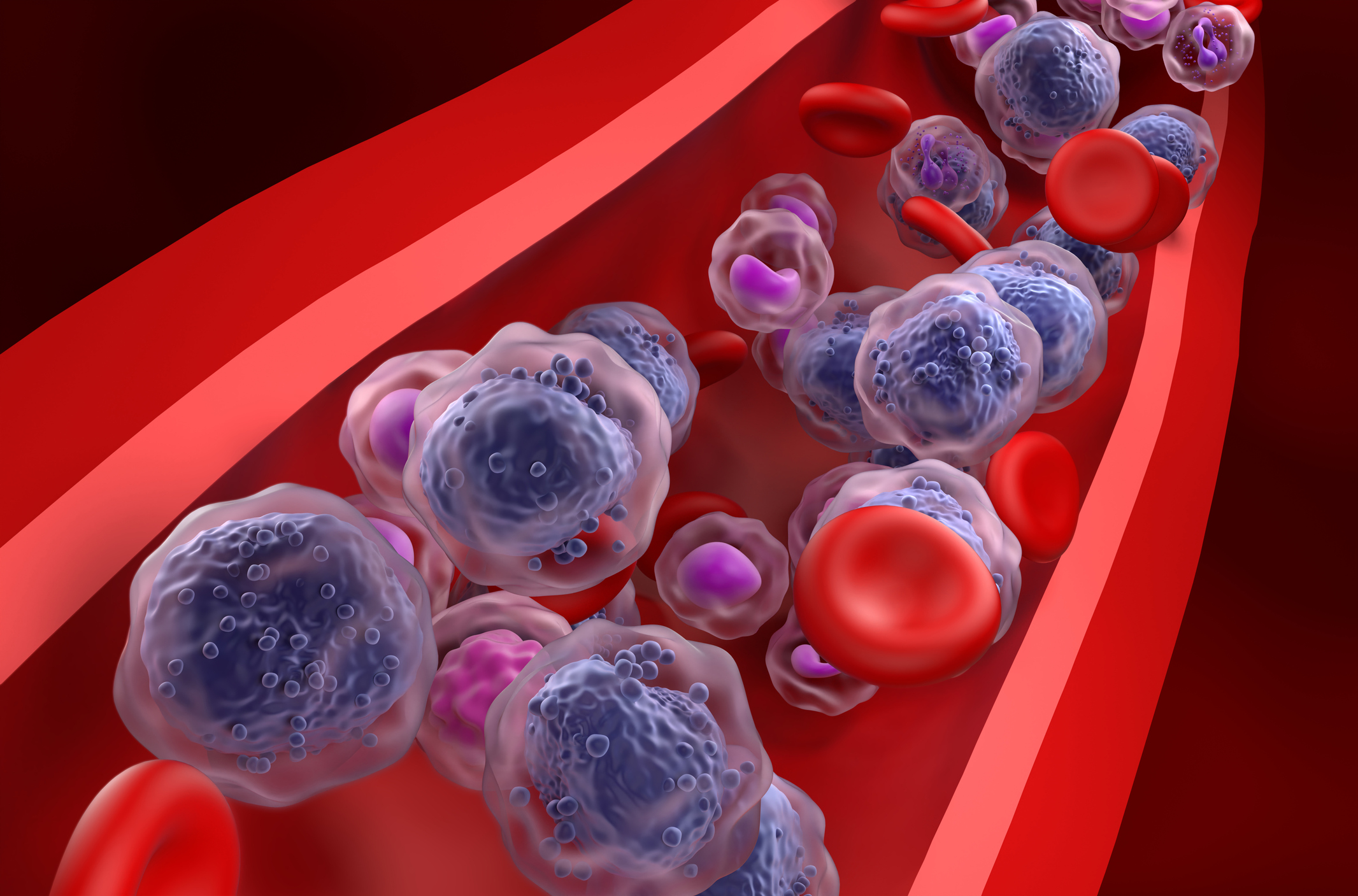
Interim findings from a phase II study showed that KER-050 was generally well-tolerated and improved markers of erythropoietic activity and hematopoiesis over six months. The treatment resulted in hematological responses across a broad population of patients with lower-risk myelodysplastic syndromes (MDS).
The results were presented at the 2023 European Hematology Association (EHA) Congress by Aristoteles Giagounidis, MD, of Marien Hospital Düsseldorf, and colleagues.
KER-050 is an investigational, modified activin receptor type IIA ligand trap designed to inhibit select TGF-β superfamily ligands (activins A and B, GDFs 8 and 11) and restore balance to the osteohematopoietic niche (OHN).
The EHA presentation covered interim results over six months of treatment from an ongoing phase II study evaluating the safety and tolerability of KER-050 in patients with lower-risk MDS. Secondary efficacy endpoints of the study include International Working Group (IWG) 2006 hematologic improvement–erythroid (HI-E) and transfusion independence (TI) over eight weeks.
The data presented were from participants who received the recommended phase II dose (RP2D; 3.75 to 5 mg/kg every four weeks) as of October 1, 2022.
The RP2D population (N=36) included 13 (36%) patients who did not have ring sideroblasts (RS) and 20 (56%) patients with high transfusion burden (HTB). The mean treatment duration was 28 weeks, with 79% (23/29) of HI-E or TI evaluable participants receiving ongoing therapy.
Rates of HI-E and TI (TABLE 1) demonstrated the potential for KER-050 to improve anemia regardless of RS and transfusion status.
TABLE 1. HI-E and TI Responses
| Response Criteria | RP2D Population | |
| All evaluable | HTB evaluable | |
| IWG 2006 HI-E | 15/29 (51.7%) | 10/16 (62.5%) |
| TI for at least eight weeks | 9/18 (50%) | 8/16 (50%) |
| RS positive | 6/12 (50%) | 5/11 (45.5%) |
| Non-RS | 3/6 (50%) | 3/5 (60%) |
Baseline levels of soluble transferrin receptor (sTfR) indicated that patients without RS showed diminished erythropoietic capacity relative to those who had RS. KER-050 treatment resulted in sustained increases in hemoglobin and platelets over six months in patients with HI-E and/or TI who responded. The researchers also observed increases in sTfR in the RP2D population.
The most frequent adverse events were diarrhea (22%), fatigue (19%), and dyspnea and nausea (17% each).
“Based on interim findings from this phase II study as of the data cut-off date, KER-050 was generally well-tolerated with longer-term treatment and has the potential to drive hematological improvement and reduce transfusion burden in a broad, lower-risk MDS population,” the authors wrote. “By modulating TGF-β superfamily ligands, KER-050 may over time restore a healthy OHN and reduce iron overload to support normal hematopoiesis, even in heavily transfused patients.”
References
Giagounidis A, Cluzeau T, Campelo MD, et al. KER-050 treatment improved markers of erythropoietic activity and hematopoiesis over six months which resulted in hematological responses across a broad, lower-risk MDS population. 2023 European Hematology Association Congress. June 8-15, 2023; Frankfurt, Germany.






 © 2025 Mashup Media, LLC, a Formedics Property. All Rights Reserved.
© 2025 Mashup Media, LLC, a Formedics Property. All Rights Reserved.